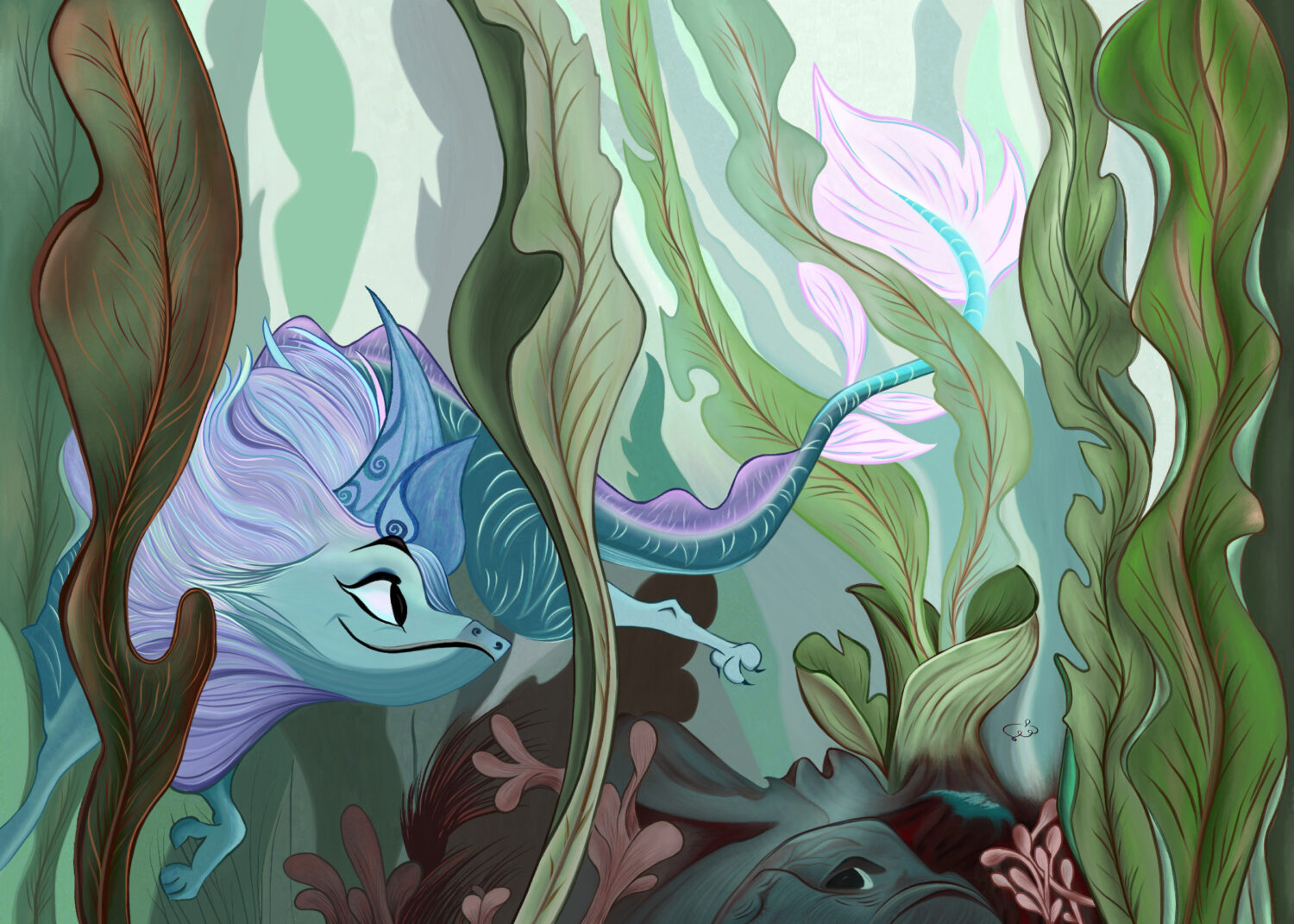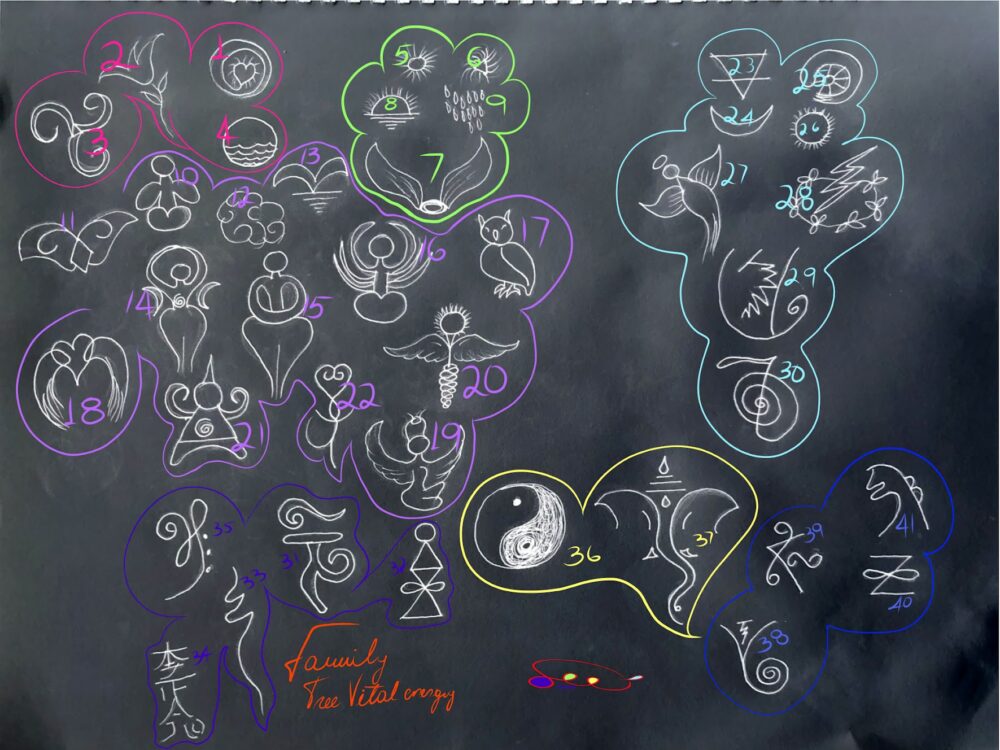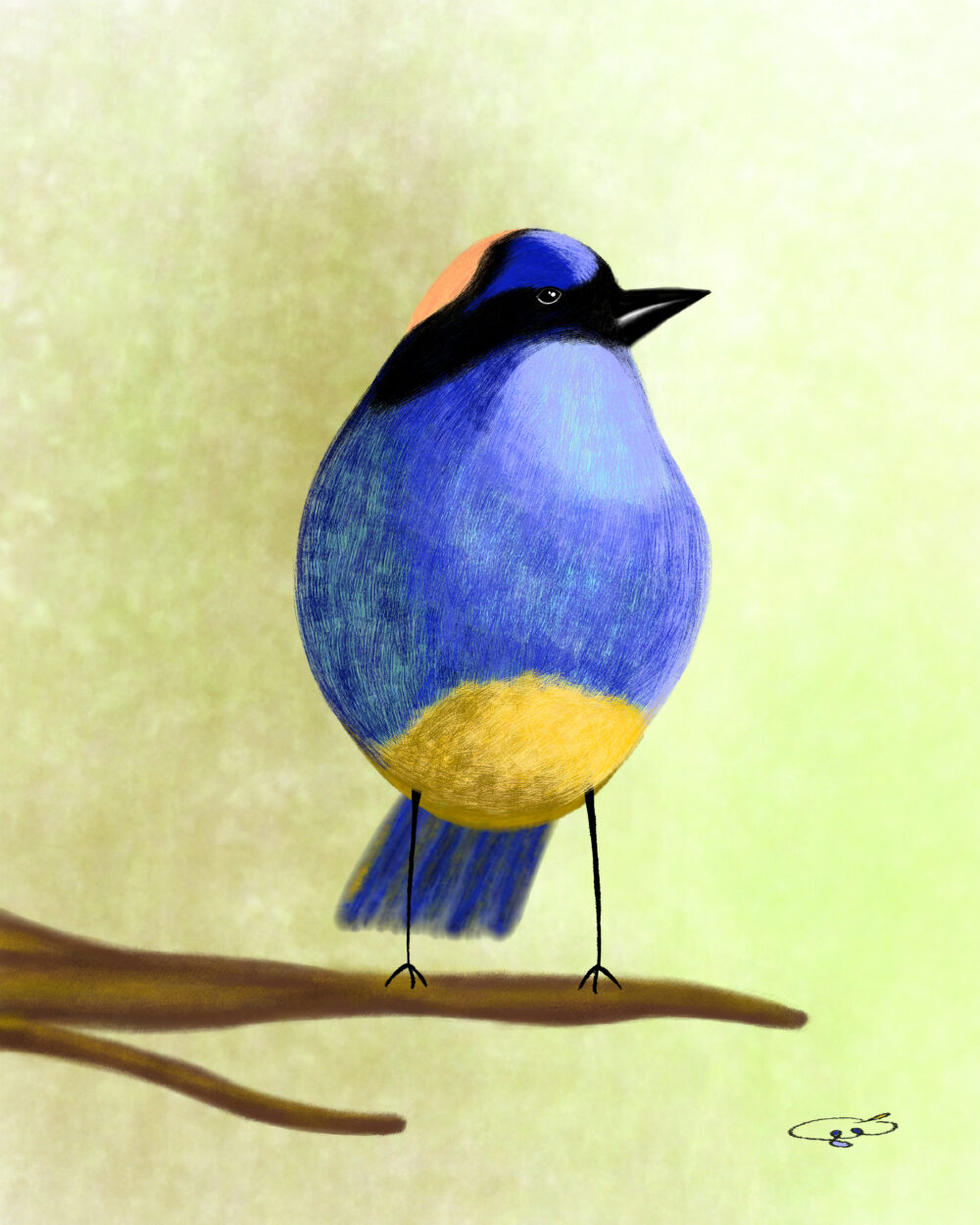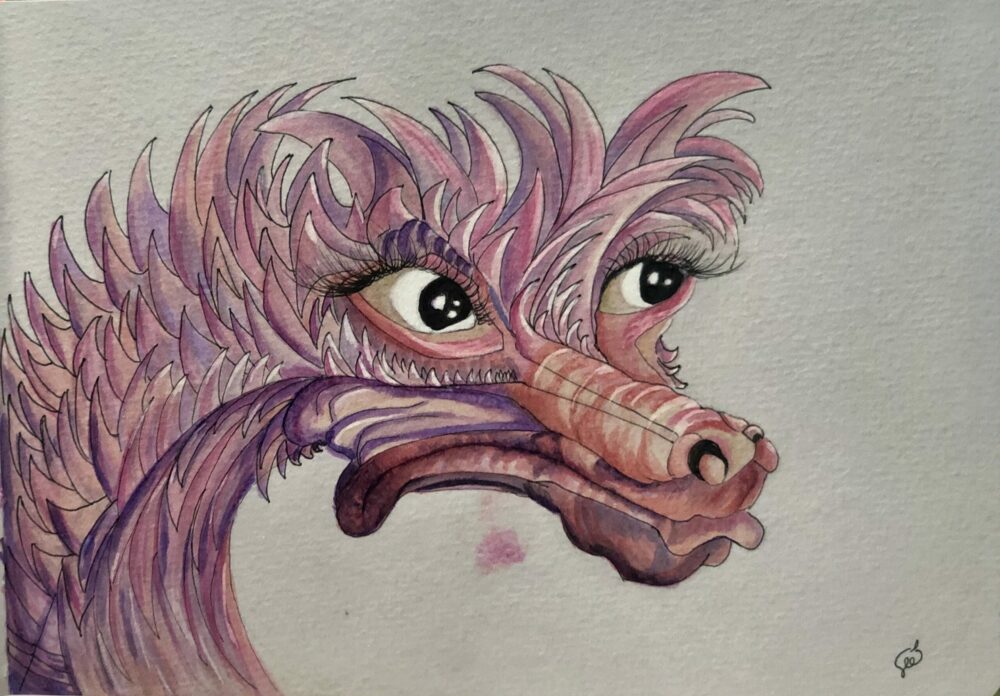Sisu The Last Dragon
Image: Lina Marin
China, Korea, Indian subcontinent
The mystical beings dragons (日本の竜, Nihon no ryū) are diverse legendary creatures in Japanese mythology and folklore. Japanese dragon myths amalgamate native legends with imported stories about dragons from China, Korea and the Indian subcontinent. The style of the dragon was heavily influenced by the Chinese dragon. Like these other East Asian dragons, most Japanese ones are water deities associated with rainfall and bodies of water, and are typically depicted as large, wingless, serpentine creatures with clawed feet. The modern Japanese language has numerous “dragon” words, including indigenous Tatsu from Old Japanese ta-tu, Sino-Japanese ryū or ryō 竜 from Chinese lóng 龍, nāga ナーガ from Sanskrit nāga, and doragon ドラゴン from English “dragon” (the latter being used almost exclusively to refer to the European dragon and derived fictional creatures).
Historical Evidence of Dragon Symbols
Japanese dragon symbols are evidence of myths that have formed a complex belief system within the Japanese culture.
- Dragons are the embodiment of yin and yang
The Japanese dragons, as with most Asian dragons, are slender and long like a snake and are a composite of nine different animals with chin whiskers.
Different Dragons and Gods - Japanese dragons are tied directly to deities
Many of the Japanese gods shape-shifted into dragons. Japanese mythology has an abundance of stories about gods and dragons. - Watatsumi
This sea god is also known as the dragon god, Ryujin, and has the ability to shape-shift into human form. - Benten
Former sea goddess rode a dragon. Two myths surround this goddess. Both state she married a dragon king to stop him from terrorizing the people on an island. Her love transformed her dragon king husband and Benten became the goddess of love. Later her favors were bestowed upon artists and muscians. The union of Benten and the dragon king symbolizes the balancing power of yin and yang. - Japanese Blue Dragon
This dragon guards and protects the zodiac. Symbolizes leadership. - Kiyo or Kiyohime
A priest fell in love with a young woman and soon tired of her. Abandoned, the woman studied magic at a temple and transformed into a dragon. She attacked the priest who attempted to find refuge underneath the monastery bell. Kiyo breathed fire and melted the bell, killing the priest. Kiyo symbolizes vengeful power and the consequences of giving into desire. - O Goncho White Dragon
White dragon that appears every fifty years, transforming into the shape of a golden bird. If O Goncho cries out, the world will endure a famine. O Goncho symbolizes lack. - Ryujin
The dragon king wanted to eat a monkey’s liver to cure a rash. He sent the jellyfish to fetch a monkey, but the monkey tricked the jellyfish When the jellyfish returned empty-handed, the outraged dragon king beat the jellyfish until all of its bones were crushed. This is why the jellyfish has no bones. Ryujin symbolizes the power of the sea. - Toyo-tama
Sea dragon who married a mortal man, bore his son then returned to her undersea world. The son married Toyo-tama’s sister and bore the first emperor of Japan, descendent of the dragons. Toyo-tama symbolizes true love. - Three Well Known Evil Japanese Dragons
Contrary to many beliefs, Japanese dragons aren’t always benevolent. There are many myths about dragons that are malevolent like western mythological creatures. And while the majority of Japanese dragons don’t have wings, there are still several ancient stories of winged dragons. - Uwibami
This dragon symbolizes looking all ways before taking action. - Yamata-no-orochi
This drgaon symbolizes the concept you’re never finished until the last task or detail is completed. - Yofune-nahsi
This dragon symbolizes hidden truths and the freedom gained by discovering the truth.
source: Wikipedia and Feng shui love to know



